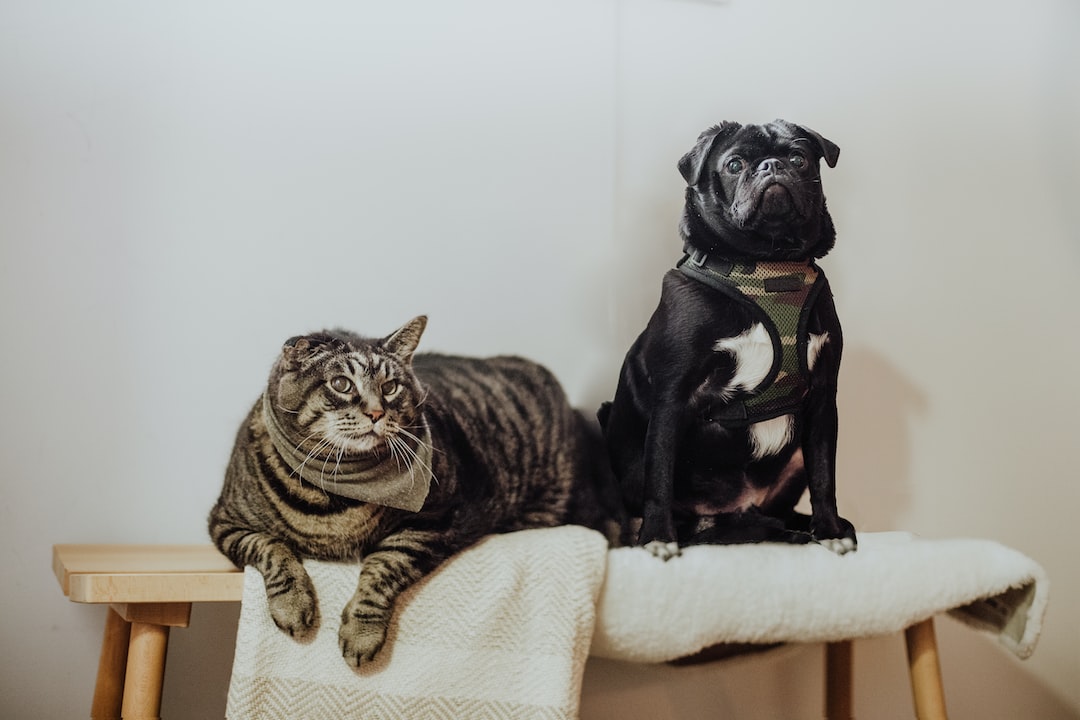Title: How to Help Pets Cope with Separation Anxiety
Introduction (100 words):
Separation anxiety is a common issue among pets, causing distress to both the animals and their owners. When pets are left alone, they may exhibit signs of anxiety such as excessive barking, destructive behavior, house soiling, or loss of appetite. As responsible pet owners, it’s essential to help our furry friends cope with separation anxiety. In this article, we will discuss several strategies and tips on how to alleviate separation anxiety in pets, ensuring a happier and healthier relationship between owners and their beloved companions.
Understanding Separation Anxiety (200 words):
Separation anxiety is not just a case of clingy behavior; it is a genuine psychological condition that affects many pets. Understanding its causes and symptoms can help us address the issue more effectively.
The primary cause of separation anxiety is the fear of abandonment. Pets thrive on companionship, and when they’re suddenly left alone, they may experience extreme distress. Other factors contributing to separation anxiety include previous traumatic experiences or changes in the pet’s routine or environment.
Recognizing the symptoms of separation anxiety is crucial for early intervention. These symptoms may include excessive barking or howling, destructive behavior, pacing, drooling, loss of appetite, or inappropriate elimination. Identifying these signs enables us to provide the necessary support and minimize separation anxiety’s negative impact.
Strategies to Help Pets with Separation Anxiety (500 words):
1. Gradual Departures and Arrivals:
Create a routine for your pet by practicing gradual departures and arrivals. Start by leaving the house for short periods, gradually increasing the duration over time. This helps your pet understand that you will return, reducing their anxiety. A calm and low-key departure helps minimize their distress. Similarly, while returning home, avoid excessive excitement, as it may reinforce their anxiety.
2. Desensitization:
Desensitization is a powerful technique used to help pets overcome separation anxiety. It involves introducing your pet to pre-departure cues, such as picking up keys or putting on shoes, without actually leaving. By gradually exposing them to these cues, they become desensitized and begin associating them with non-threatening situations. This technique helps shift their perception of these cues from imminent abandonment to a normal part of daily life.
3. Positive Reinforcement:
Rewarding desirable behavior is an effective tool in training pets with separation anxiety. Encourage your pet to engage in independent activities, such as playing with interactive toys, by rewarding them with treats or praise. Association of enjoyable experiences with alone time helps them gradually build confidence, reducing anxiety.
4. Safe Spaces and Interactive Toys:
Create a safe and comfortable space for your pet to retreat to during your absence. Provide cozy bedding, toys, and familiar scents to make this area soothing. Interactive toys, such as puzzle feeders or treat-dispensing toys, divert their attention and engage them mentally, reducing anxiety.
5. Counterconditioning:
Counterconditioning involves substituting fear and anxiety with a positive response. Before leaving, offer your pet a special treat or chew that they enjoy. This creates an association, suggesting that your departure leads to something pleasurable, thus alleviating their anxiety.
6. Professional Help:
If your pet’s separation anxiety persists or becomes severe, consult a veterinarian or animal behaviorist. They can provide specialized advice and guide you through behavior modification techniques or recommend medications if necessary.
Conclusion (200 words):
Separation anxiety can be overwhelming for pets and their owners. However, with patience, understanding, and a few simple strategies, we can help our beloved companions overcome this distressing condition. Gradual departures, desensitization, positive reinforcement, safe spaces, interactive toys, and counterconditioning are all powerful tools that aid in reducing separation anxiety.
Remember to be consistent with these techniques and to provide a comforting environment for your pet. Additionally, seeking professional help when needed can greatly contribute to resolving and managing separation anxiety in pets.
By implementing these strategies and providing the necessary support, we can significantly improve our pets’ well-being, instilling them with confidence and reducing their anxiety. A happy and content pet not only benefits from a healthier state of mind but also strengthens the bond between owners and their furry companions in the long run.


